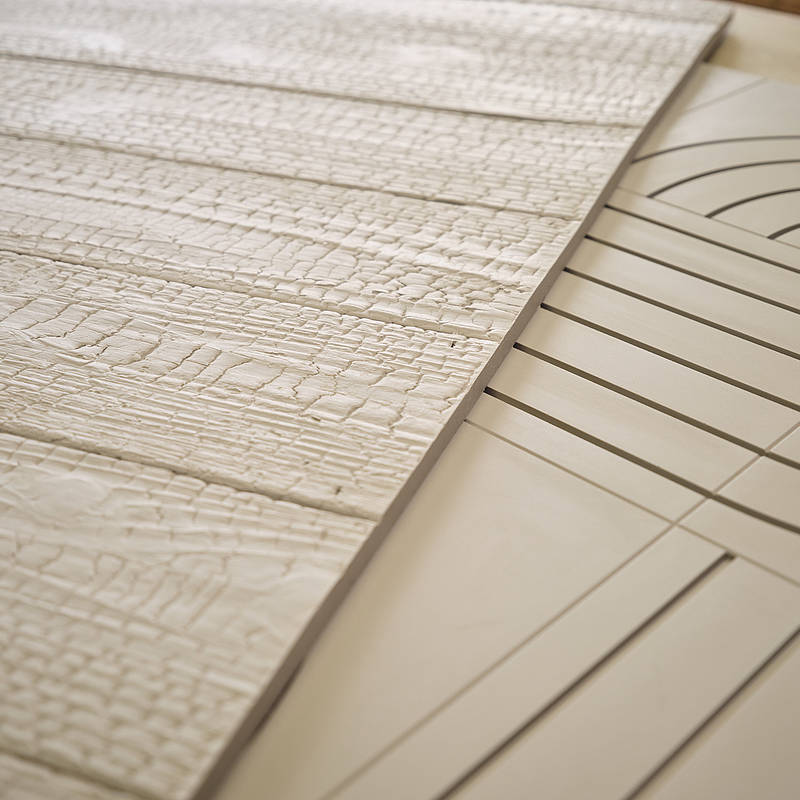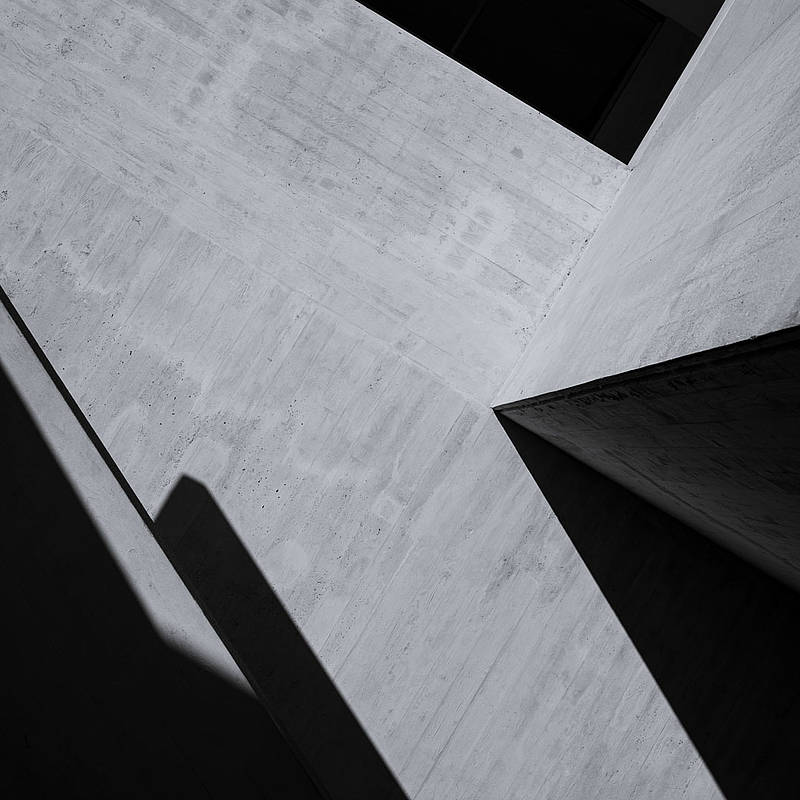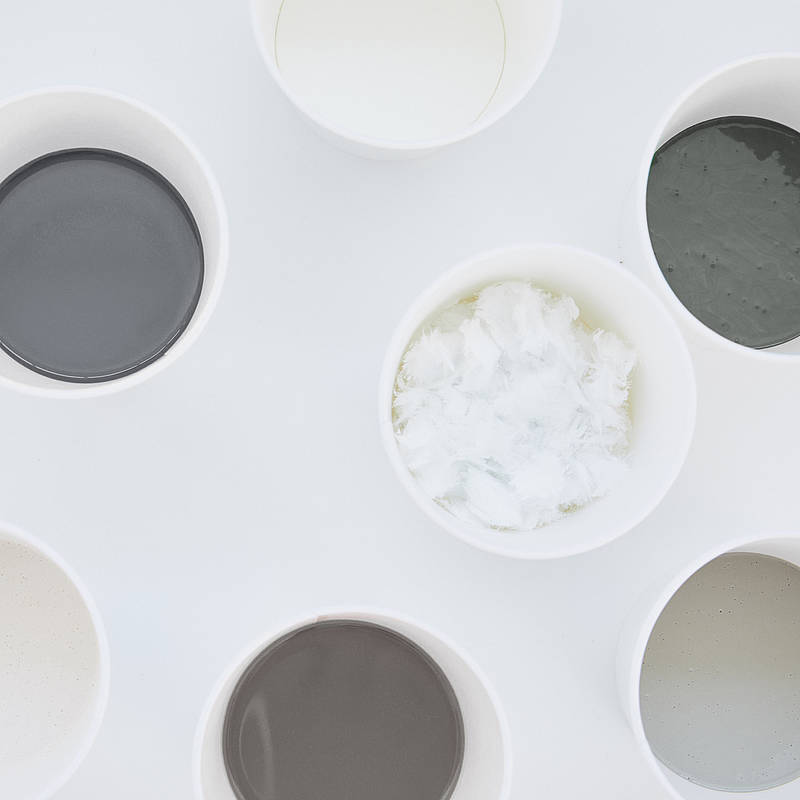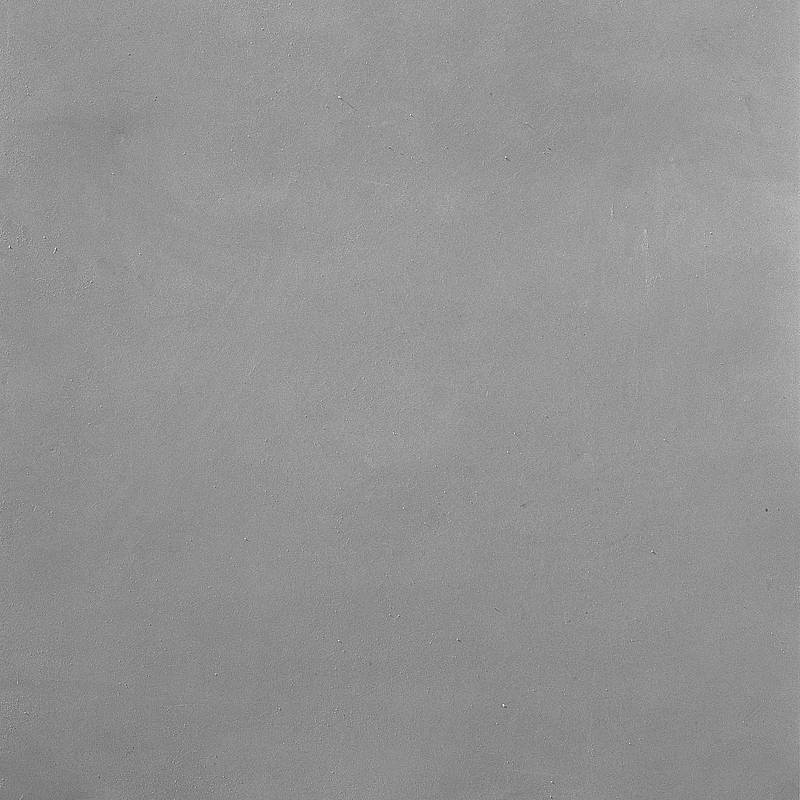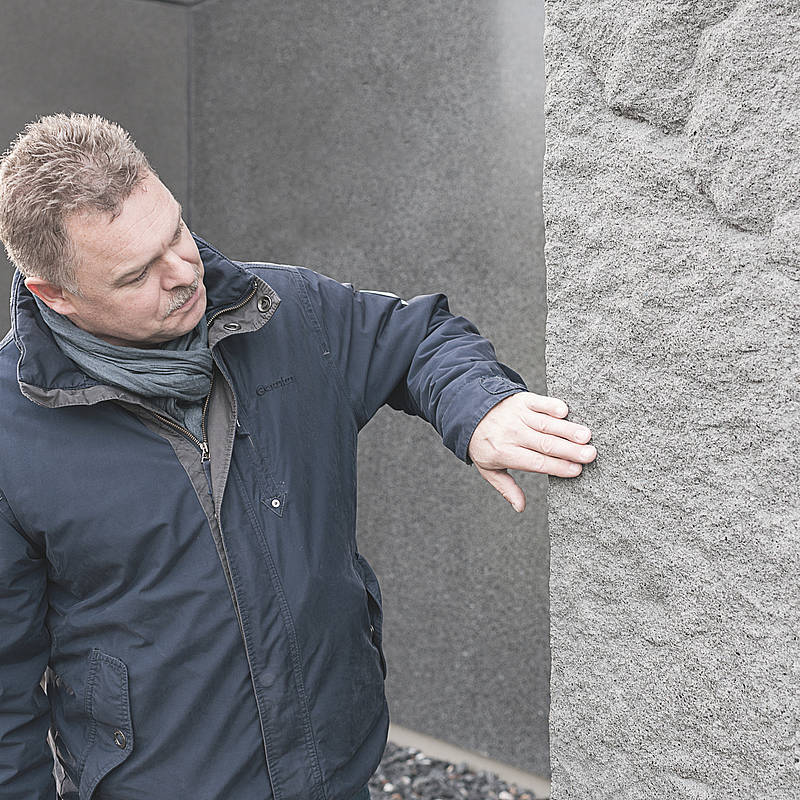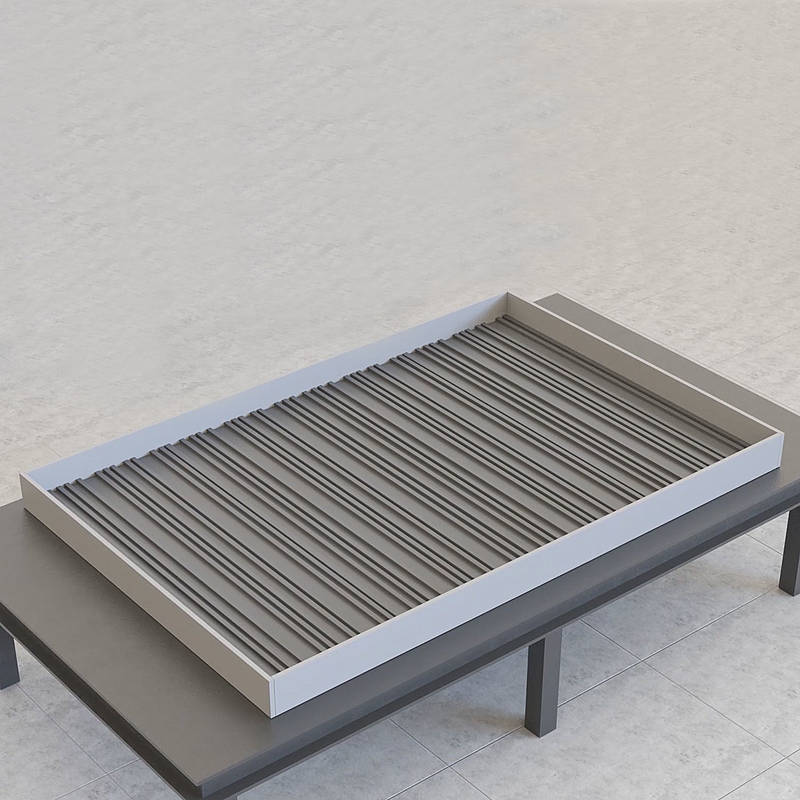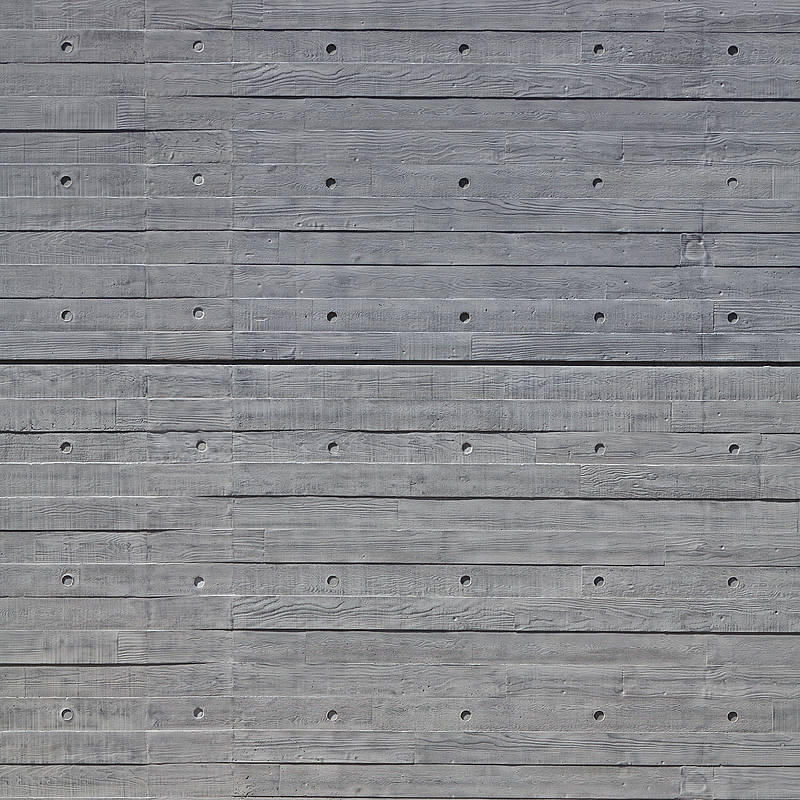The way to a perfect smooth surface
The choice of formwork system influences the appearance of exposed concrete surfaces. Tips for the perfect result.
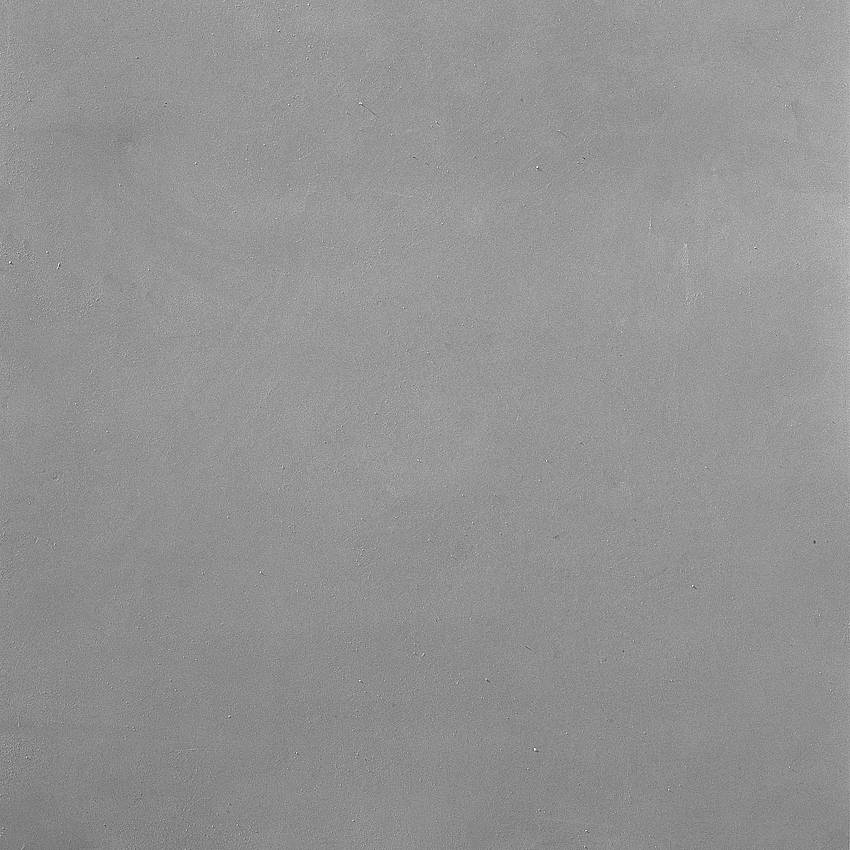
How smooth an exposed concrete surface is depends largely on the choice of the formwork shell. The Code of Practice for Exposed Concrete, published by the German Concrete and Construction Engineering Association (DBV) and the German Cement Works Association (VDZ), defines four exposed concrete classes, of which class 4 (SB4) exposed concrete is the highest: SB4 comprises exposed concrete with particularly high requirements, as used in representative building components.
In order to produce surfaces of class SB4, architects, planners and concrete specialists must pay special attention to the formwork shell and the formwork system. Wooden boards and OSB panels can also be used to create high-quality exposed concrete surfaces. However, smooth surfaces with a certain formwork element size and a certain arrangement of the formwork ties are usually desired. Formwork inserts such as elastic matrices from RECKLI are also ideally suited for these jobs.
Formliner ceiling guarantees SB4 surfaces
The 2/81 Plafond formliner from the RECKLI SELECT series has proven itself for years in the production of exposed concrete surfaces of exposed concrete class 4 because it positively influences the rheology of the concrete. Architects and concrete professionals worldwide use Plafond to produce absolutely smooth exposed concrete surfaces using the smooth, untextured formliner. The formliner also proves its worth because of its economic efficiency: It can be reused at least 100 times.
In addition to wooden formwork with formwork inserts, absolutely smooth surfaces can also be achieved with the help of steel or plastic formwork.
Do not forget release agent
Release agents must be used to prevent the formwork shell from adhering to the concrete and not being cleanly separated from the concrete. They ensure that the formwork can be easily removed after setting without causing damage – corners and edges of the concrete components are usually particularly at risk of damage.
Depending on the type of formwork, various forms of release agent are suitable:
- Oils and mineral oils
- Waxes and varnishes
- Emulsions
The application of a release agent prevents the formwork shell from coming into contact with the fresh concrete. It is important that the release agent is applied properly. As a rule, the thinnest possible film applied evenly is sufficient. Otherwise, there is a risk of staining or color changes in the concrete. High-pressure sprayers are particularly suitable for applying the release agents. This allows wipe marks to be avoided.
A release agent must also be applied to the formliner when using formliners to ensure clean stripping and to avoid damage to the exposed concrete surface. In its in-house laboratory, RECKLI develops and produces release agents that are adapted for use with RECKLI formliners and thus guarantee optimum results on the construction site or in the precast plant.
The combination of formwork shell and release agent should definitely be tested.
